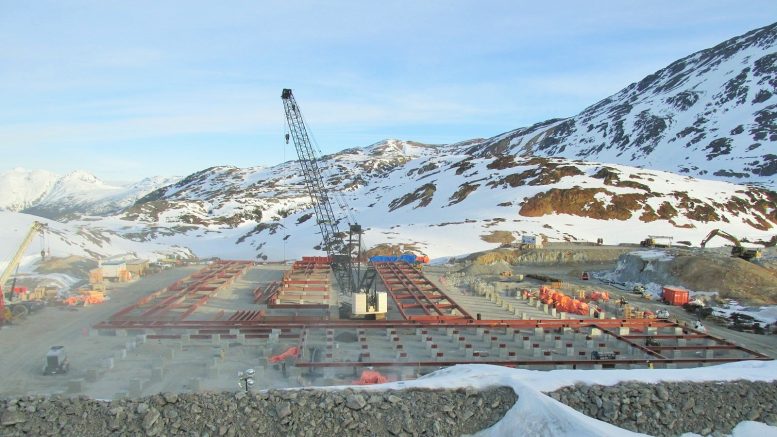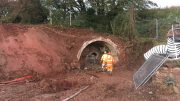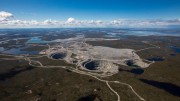Thousands of members of the global mineral exploration and development industry are meeting in Vancouver from Jan. 23 to 26 at the Association for Mineral Exploration (AME) Roundup conference. Roundup marks the inaugural event in the exploration year at which we review 2016 exploration work results, celebrate successes, and discuss the opportunities and challenges that lie ahead for the industry.
It is appropriate that AME Roundup is held annually in Vancouver, which is home to 800 public and private mineral exploration and mining companies active in nearly 100 countries around the world. In fact, as of the end of December 2016, there were 702 mineral exploration and mining companies based in British Columbia and listed on the Toronto Stock Exchange and TSXV exchanges, up slightly — but encouragingly — from 698 in October. Altogether, B.C.-based companies account for nearly 60% of the public mining companies listed on these exchanges.
Despite challenges in accessing capital in 2016, companies publicly raised significant funds for exploration in northwestern B.C.’s Golden Triangle at properties like Seabridge Gold’s KSM property, Colorado Resources’ KSP property and IDM Mining’s Red Mountain property.

Looking west from Skeena Resources’ Snip gold property in northwest British Columbia. Photo by Ron Nichols.
B.C.’s favourable geographic position as a gateway to the Pacific Rim continued to be attractive for Asian companies searching for future inventories of metals, minerals and steelmaking coal. For example, Serengeti Resources received funding to advance its Kwanika copper-gold deposit in north-central B.C. through a partnership with South Korea’s Posco Daewoo Corporation.
The best test of mineral exploration is developing and opening new mines, and in March 2016, Pretium Resources received private investment from both American and Chinese-owned companies for developing its Brucejack gold project. And last September, JDS Energy and Mining received funding to build its Silvertip silver-lead-zinc project in northwest British Columbia. Both projects are under construction.
AuRico Metals is expecting an environmental assessment that will provide both provincial and federal approval for their Kemess Underground project to move forward in the first quarter of 2017.
With positive signs that market and investor interest is returning, there is a real opportunity for the B.C. government to affirm policies, as well as take further steps in 2017 to support the exploration industry and most importantly, to encourage early-stage, grassroots exploration — the lifeblood of the industry.
In a highly competitive global market, jurisdictions that demonstrate exploration and development projects advancing, without undue roadblocks, attract more investment. Without these exemplars, capital will not flow in the amount required to maintain and grow the industry to fulfill its important contributions to modern society.
I have confidence that government will continue to recognize what we have accomplished as an industry under tough market conditions. I also believe that government, and the public at large, will continue to support the good people who diligently explore for the metals and minerals that society needs, and celebrate their fellow citizens who proudly bring opportunities for social and economic development to communities in all regions of B.C. and Canada.
I expect this spirit of pride and optimism will be evident at AME’s Roundup 2017 conference. On behalf of the thousands of members of AME, and the mineral explorers and developers based in B.C. and operating here in Canada and around the world, I look forward to seeing you there.
 — Gavin C. Dirom is the president & CEO of the Association for Mineral Exploration (AME), which is hosting its annual conference, AME Roundup, in Vancouver on Jan. 23-26. Visit www.amebc.ca for more information.
— Gavin C. Dirom is the president & CEO of the Association for Mineral Exploration (AME), which is hosting its annual conference, AME Roundup, in Vancouver on Jan. 23-26. Visit www.amebc.ca for more information.





Be the first to comment on "Commentary: Mine development and exploration in BC — where we stand in 2017"